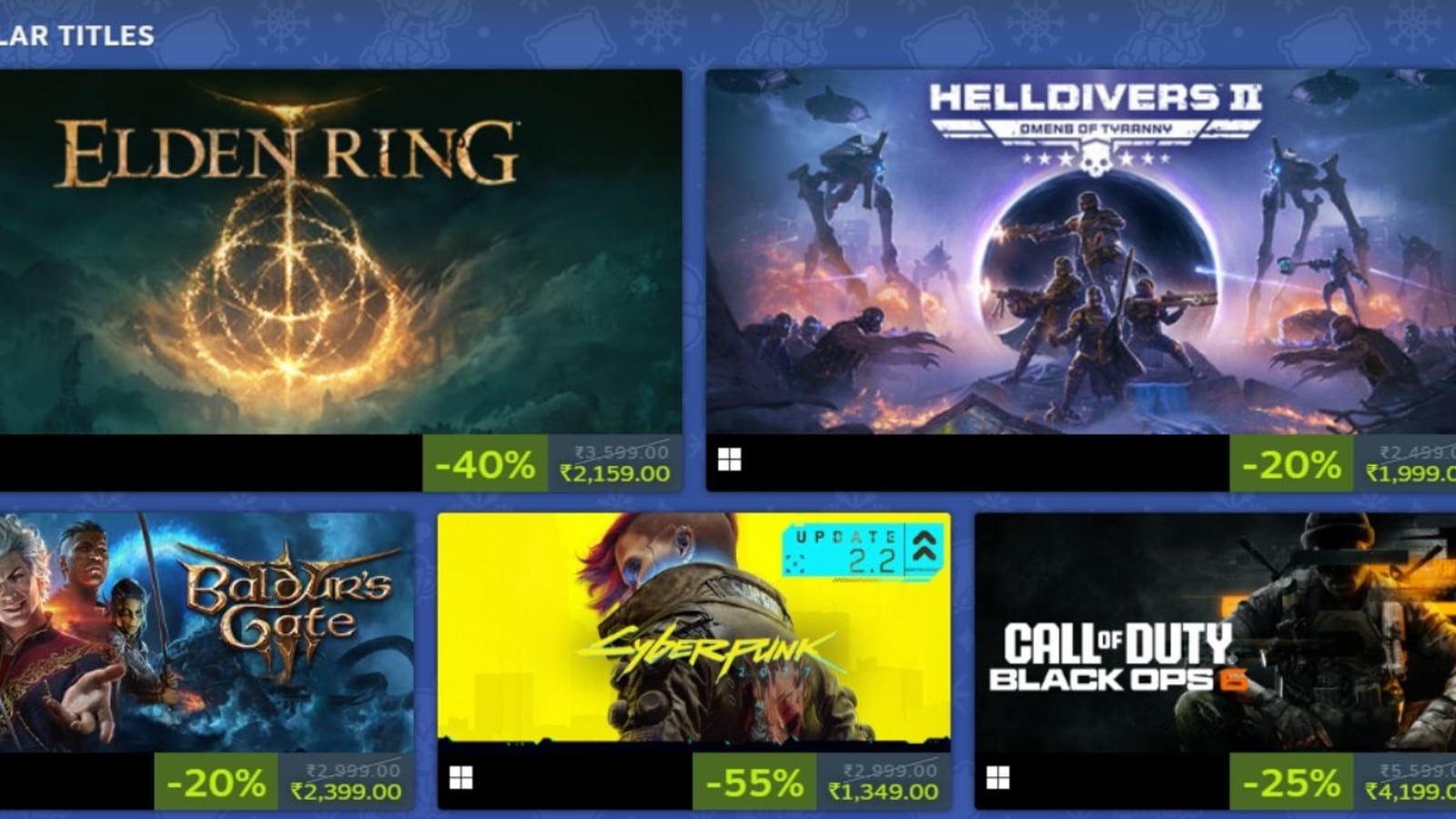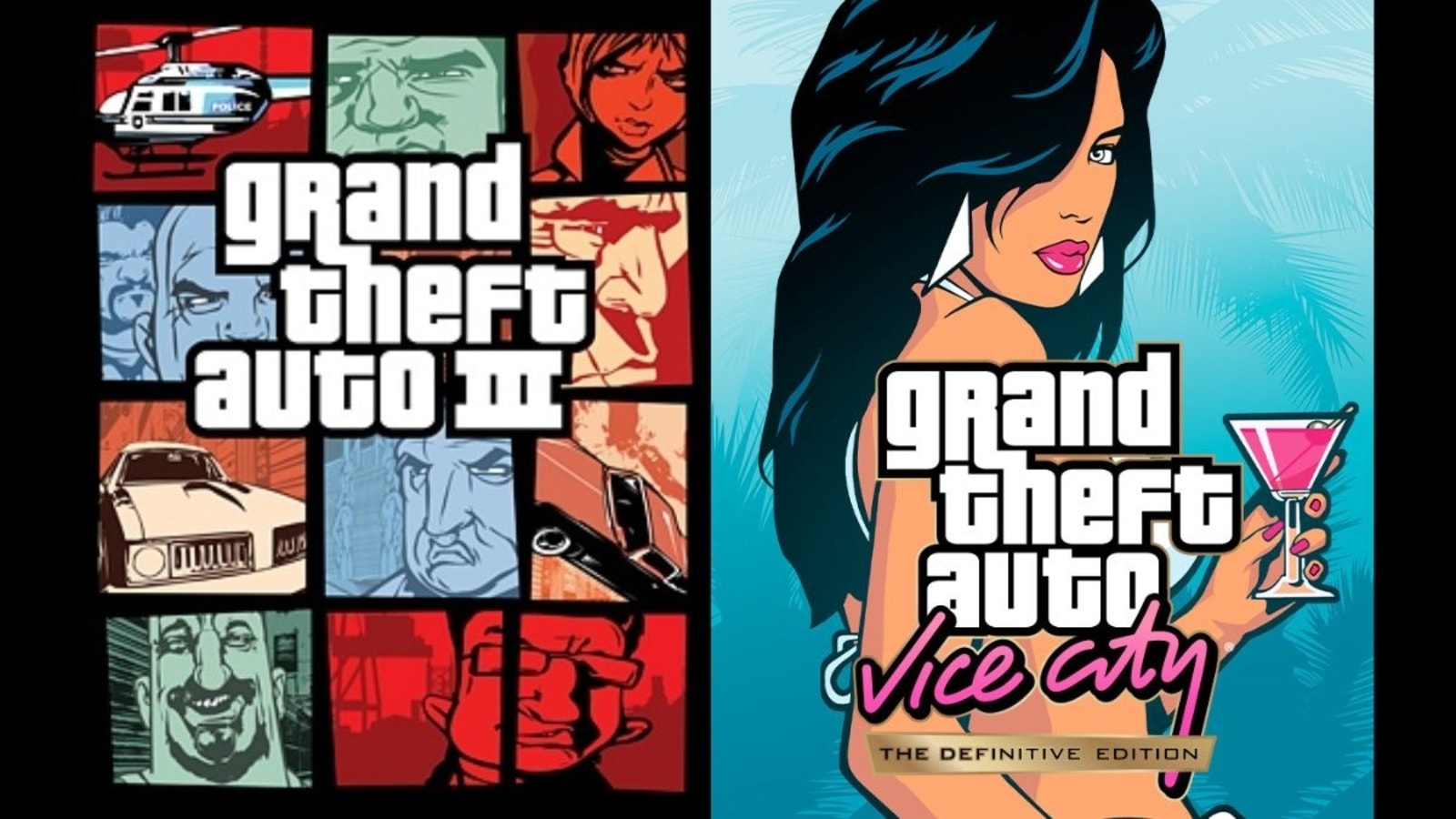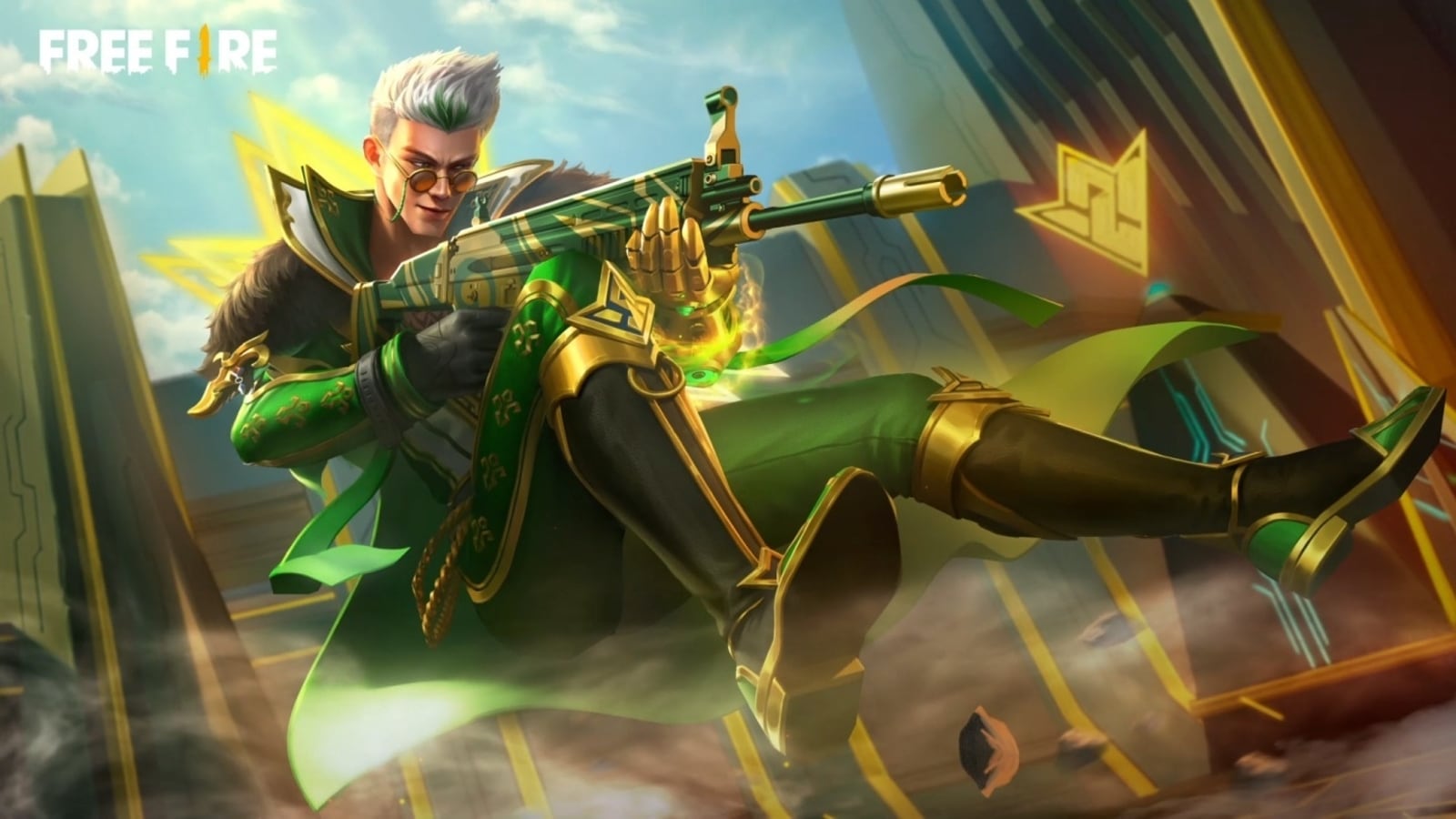DOHA, Qatar — There is something about the idea of obtaining one of Lionel Messi’s jerseys that makes even the most experienced, sober opponents revert to heartfelt, eager fandom. They pursue him at halftime, surround him at the final whistle. Teammates squabble among themselves for the right to claim a precious memento of their brush with greatness.
Other than a World Cup winners’ medal, there will be no prize more sought-after when France meets Messi’s Argentina at Lusail Iconic Stadium on Sunday than the 35-year-old Messi’s jersey. It is, after all, likely to be the ultimate limited edition collectible, one of only four — at most — in existence: a jersey worn by the world’s finest player in the world’s biggest game.
The bad news is that it is unlikely to be unavailable, to anyone.
Quite how many genuine, match-worn Messi jerseys are in existence is difficult to pinpoint. Argentina’s win against Croatia in Tuesday’s semifinal was, officially, the 1,002nd appearance, for club and country, of Messi’s senior career. That does not mean, though, that there are 1,002 Messi jerseys. The true figure, in fact, is more likely to be closer to double that.
Many players, after all, choose to use two jerseys during games, switching into a fresh number at halftime. Whether Messi does that in every match is not clear, but he has certainly done so on occasion. In 2012, for example, executives at the German team Bayer Leverkusen had to admonish two players for arguing over who would get Messi’s shirt at halftime.
That there may be several thousand Messi jerseys in circulation that contain trace amounts of his sweat, though, does not mean they are any easier to obtain. Messi maintains a strict protocol on swapping jerseys. His first rule is: He never initiates the exchange. He has only ever made one exception. Early in his career, he approached Zinedine Zidane, then with Real Madrid, and asked if they might exchange jerseys. Other than that, he has said, “I don’t ask for shirts.”
His second rule: He would rather swap with another Argentine. In 2017, he posted a photo to his Instagram account of the room in his Barcelona home that he had devoted to a display of all the jerseys he has collected over the years, each of them impeccably arranged, immaculately presented.
Many of them bear the names of some of his era’s brightest stars: Thierry Henry, Luis Suárez, Philipp Lahm, Iker Casillas. A majority, though, belong to his countrymen: not just his peers and friends, the likes of Ángel Di María, Sergio Agüero and Pablo Aimar — the player that Messi himself has described as his hero — but lesser lights, too: Chori Domínguez, Oscar Ustari and Tomás De Vincenti, all beneficiaries of his Argentina-first policy.
“I got quite a few over the years,” said Maxi Rodríguez, a friend and former international teammate of Messi’s. “I played against him quite a lot when I was in Spain, when I was with Espanyol and Atlético Madrid. We never arranged it beforehand or talked about it. It was just whenever we had chance.”
Rodríguez said that he had several Messi jerseys in his own display cases, though he slightly sheepishly admitted that he does not maintain his collection as fastidiously as Messi. Still, he is doing rather better than some players who swapped jerseys with the Argentine earlier in his career, before he became Messi.
A Brief Guide to the 2022 World Cup
What is the World Cup? The quadrennial event pits the best national soccer teams against each other for the title of world champion. Here’s a primer to the 2022 men’s tournament:
Stephen McManus, a former captain of the Scottish team Celtic, exchanged jerseys with Messi after a Champions League game in 2008. McManus does not remember being especially motivated to swap with Messi in particular; more worryingly, he does not remember, precisely, what he did with the jersey.
In recent years, as merely sharing a field with him has become an honor that players aspire to, getting hold of one of Messi’s jerseys has become a competitive sport in itself. In 2018, the Dutch team PSV Eindhoven warned its squad not to pursue Messi at halftime to ask for a jersey, after the club’s manager at the time, Mark van Bommel, suggested it was not “professional.”
As recounted in “Messi vs. Ronaldo,” an account of how the rivalry between the two finest players of their generation has shaped the game, Messi was “surrounded by five players” from the French team Reims at the final whistle of his debut for Paris St.-Germain in August 2021.
Gently, he had to inform the young Dutch wing Mitchell van Bergen — also a debutant in that game — that he had already promised the jersey to someone else. He also had to pose for a photo with the two-year-old son of the Reims goalkeeper Predrag Rajkovic who had been summoned from the crowd for the occasion.
At World Cups, though, the rules seem a little more flexible, and getting hold of a Messi jersey is a little more of a lottery. After Argentina beat Poland in the group phase here, the Polish right back, Matty Cash, was loitering in the tunnel when he was called over by Emiliano Martínez, the Argentina goalkeeper and Cash’s teammate at Aston Villa.
“He said that he’d got me a present,” Cash said. “He told me to follow him in the tunnel, and then he went into the changing room and told me to wait. He walked out with a Messi shirt for me. It doesn’t get much better than that, seeing him up close, in real life. I think he walked past me at halftime and I was looking at him, thinking, That’s Messi.” (Cash’s tournament ended with another prize that may one day prove nearly as valuable: He picked up Kylian Mbappé’s jersey after Poland was eliminated by France in the round of 16.)
Others have been a little more opportunistic. “I went on the pitch and consoled all the boys, and then shook Messi’s hand,” said Cameron Devlin, an unused substitute for Australia during its defeat to Argentina in the round of 16. Seeing as he was there, Devlin thought he might as well take a chance.
“Nobody had said anything, so I just tried my luck,” he said of asking Messi to swap jerseys. “He said he’d see me inside, and that’s what happened. I definitely wanted one of the other boys to have the opportunity first, but nobody took it, so I thought, Why not?”
Devlin, a 24-year-old midfielder with the Scottish club Hearts, said Messi would “definitely” have no idea that they had once swapped jerseys. “I was surprised he even took it,” he said. “It might still be on the ground in that changing room.”
For Devlin, though, like all of the players who have been lucky enough — or Argentine enough — to get hold of a Messi jersey, it is very much a prize worth having. “I must have hundreds of jerseys,” said Xabi Prieto, a midfielder who enjoyed a long and decorated career with the Spanish team Real Sociedad.
A vast majority of the jerseys in his collection, he said, are stored away. Unlike Messi, he does not have dozens of them on display. “I only have a few, in the room where I watch soccer, the ones that mean the most to me, from the best players I played against,” he said. That is quite a list: Prieto played from 2003 until 2018; he came face-to-face with both the Brazilian and Portuguese versions of Ronaldo, with Zidane, with Ronaldinho.
It is the Messi jersey that he picked up in 2015, though, that he cherishes more than any other. “Nobody else had claimed it before the game, and nobody else had asked him for it after it had finished,” he said. “So I thought I might as well. That one is my favorite. He is, for me, the best of all time.”
Claiming his jersey from a World Cup final, of course, would be the ultimate souvenir for any of the France players fortunate enough — or savvy enough — to land it. The odds, though, may not be in their favor. Pride of place in Messi’s own collection appears to belong to the jersey he wore in his first World Cup final, in 2014. Some things may be so significant, so collectible, so treasured, that even Messi wants them for himself.

























